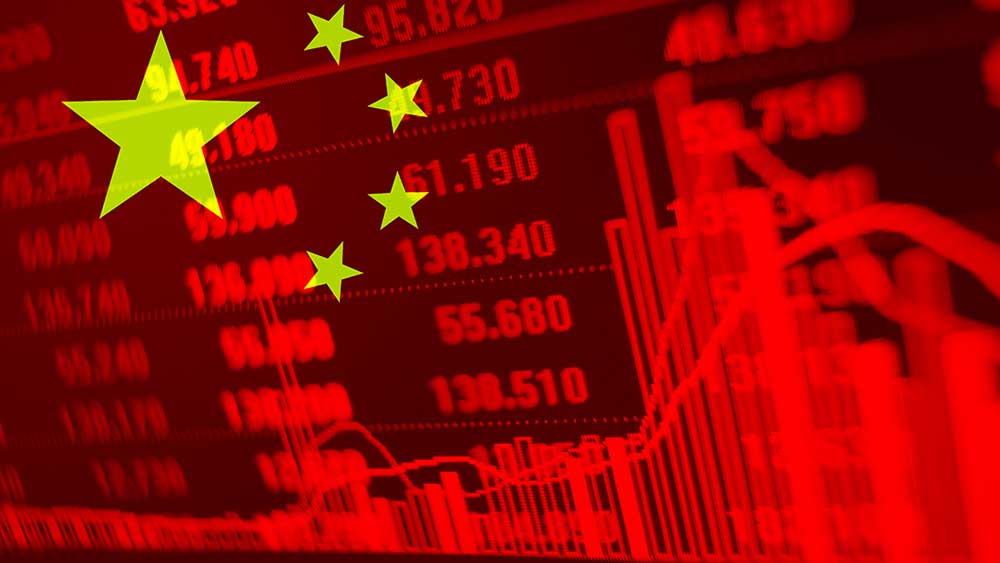China Investment Halo Fades, European Luxury Stocks Emerge as a Shimmering Alternative This has led to a wave of cautiousness among investors, who are seeking “safer” havens for their capital. China, once the undisputed engine of luxury growth, is sputtering. A slowing economy, a property market meltdown, and intensifying regulatory scrutiny have combined to cast a shadow over the future of luxury spending in the region. This has sent shockwaves through the global luxury industry, where brands heavily reliant on the Chinese consumer are feeling the pinch.
Enter the stage: European luxury stocks. Riding a wave of optimism, these stocks have emerged as a favored destination for investors seeking to navigate the choppy waters of the global economy. But what exactly is driving this shift in investor sentiment, and what are the potential implications for the future of the European luxury industry?
Related: China’s Stock Market Shock
Factors Fueling the Appeal of European Luxury:
Several key factors are contributing to the attractiveness of European luxury stocks:
- Diversified Market: Unlike their Chinese counterparts, European luxury brands boast a more diversified global customer base. This reduces their dependence on any single market and provides a buffer against potential slowdowns in specific regions.
- Strong Brand Heritage: European luxury houses possess a rich heritage and established brand loyalty, making them less susceptible to short-term economic fluctuations. Consumers still crave the craftsmanship, quality, and exclusivity associated with these iconic brands.
- Resilient Demand: Despite economic challenges, demand for luxury goods remains relatively resilient. Consumers, particularly those in emerging markets, continue to prioritize experiences and self-expression, driving continued growth in the luxury sector.
- Valuation Advantage: Compared to their Chinese counterparts, some European luxury stocks are trading at more attractive valuations, offering potential for future price appreciation.
Opportunities and Risks:
While the outlook for European luxury seems promising, there are also potential risks to consider:
- Geopolitical Tensions: Ongoing trade tensions and political uncertainties can disrupt global supply chains and consumer confidence, impacting the luxury industry.
- Rising Inflation: Inflationary pressures can squeeze consumer spending power, potentially impacting demand for luxury goods, particularly in the lower-end segment.
- Changing Consumer Preferences: Consumer preferences can evolve rapidly, and brands need to adapt to stay relevant and avoid becoming outdated.
Conclusion:
The shift in investor sentiment towards European luxury stocks reflects a search for relative stability and growth potential in a volatile environment. While opportunities exist, investors must carefully consider the associated risks and maintain a diversified portfolio. Ultimately, the success of European luxury brands will depend on their ability to navigate the evolving economic landscape, adapt to changing consumer preferences, and maintain their strong brand identities.



